Dogs are as unique in their eating habits as they are in their personalities and physical appearances. While most dogs will happily eat whatever is put in front of them, some breeds have developed quite peculiar eating habits due to their historical backgrounds, physiological traits, or even their evolutionary adaptations. These idiosyncrasies can range from how they consume their food to their dietary preferences. Understanding these habits is not only fascinating but can also help pet owners manage their furry friends’ diets more effectively, ensuring they receive the right nutrition in a manner that suits their breed-specific tendencies. This article delves into the eight dog breeds known for their strange eating habits, exploring the origins and impacts of these behaviors.
1. Labrador Retriever
Labrador Retrievers are famously food-obsessed, often eating anything and everything they can get their paws on, including non-food items. This voracious appetite can sometimes lead to overeating and obesity if not properly managed. Labs seem to have a missing ‘off’ switch for eating, driven perhaps by their historical use as working retrievers, where high-energy foods were necessary for their physically demanding tasks. Owners need to carefully manage their Lab’s diet and ensure regular exercise to keep them healthy and prevent weight-related issues.
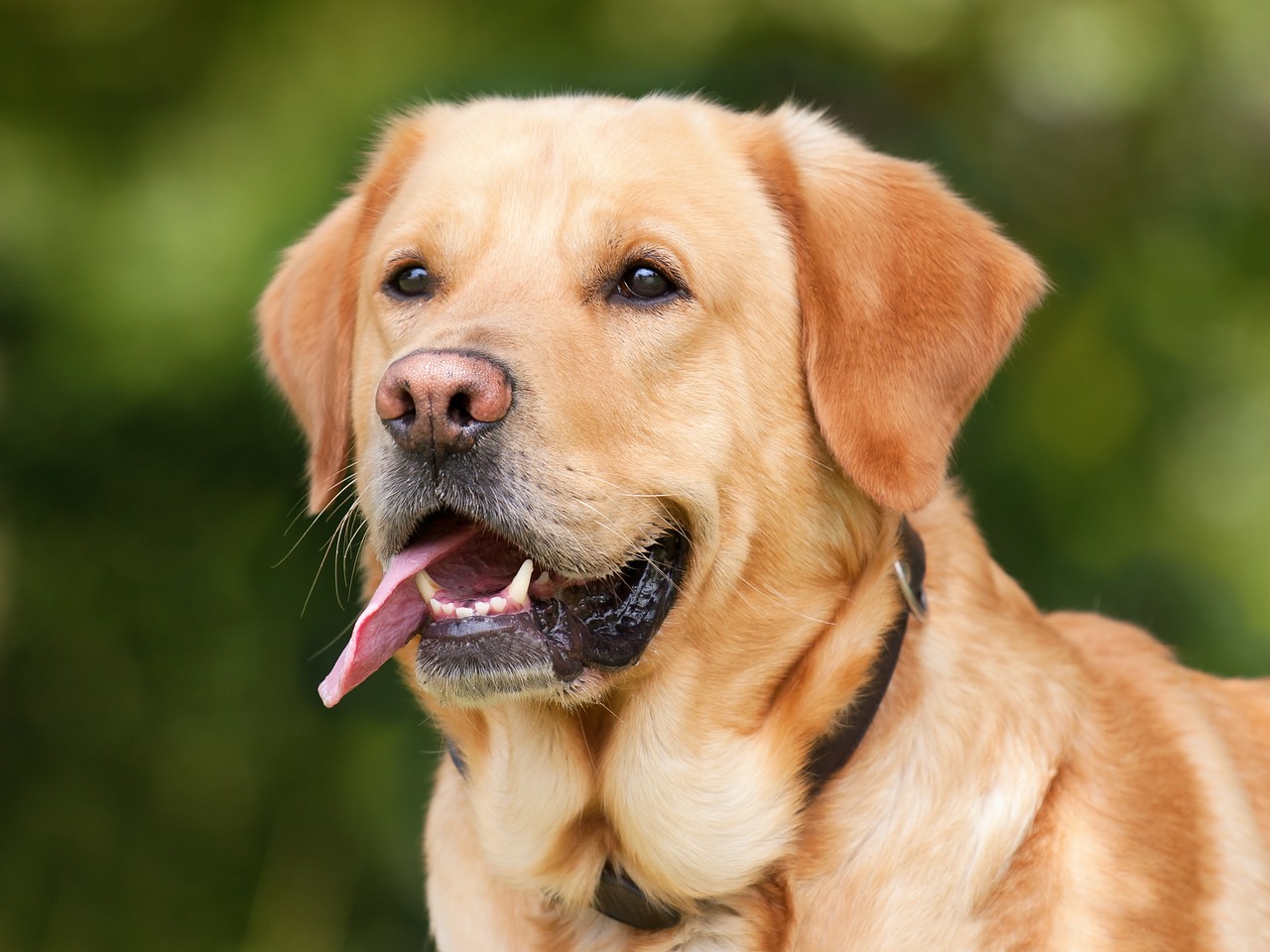
2. Dachshund
Dachshunds often display a peculiar habit of being incredibly fast eaters, which can sometimes lead to indigestion or even choking. This trait might stem from their historical breeding for hunting, where quick eating would have been advantageous in high-competition environments. To prevent issues, owners of Dachshunds might need to consider using slow-feeder bowls to pace their meals and ensure they chew their food adequately, which aids in digestion and enhances meal satisfaction.
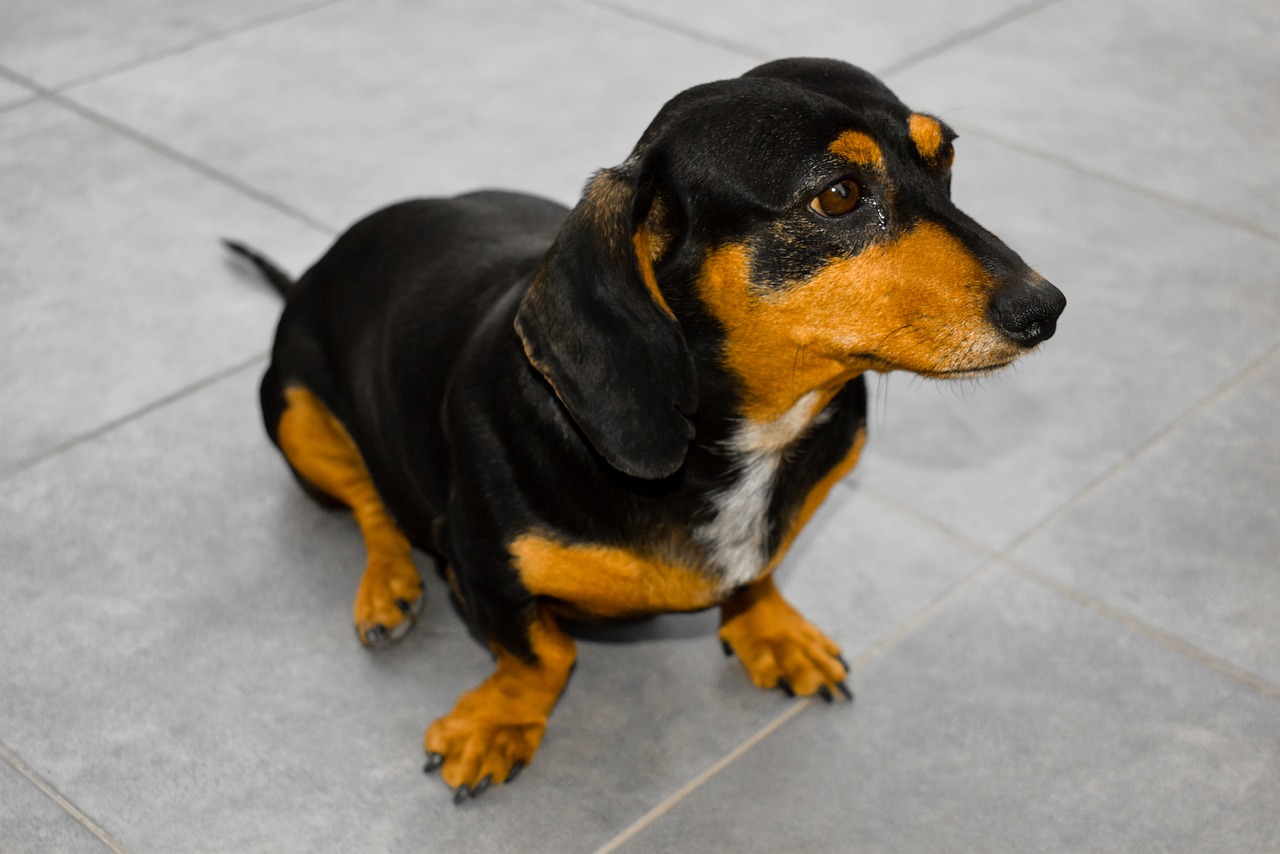
3. Pug
Pugs are prone to obesity partly due to their eating habits, which include a strong preference for continuous snacking. This small breed often does not regulate its food intake well and can become overweight quickly if their diet is not managed. The brachycephalic nature of Pugs also makes them prone to eating rapidly without proper chewing. Providing small, frequent meals and monitoring their caloric intake carefully can help maintain a healthy weight and prevent respiratory difficulties associated with overeating.
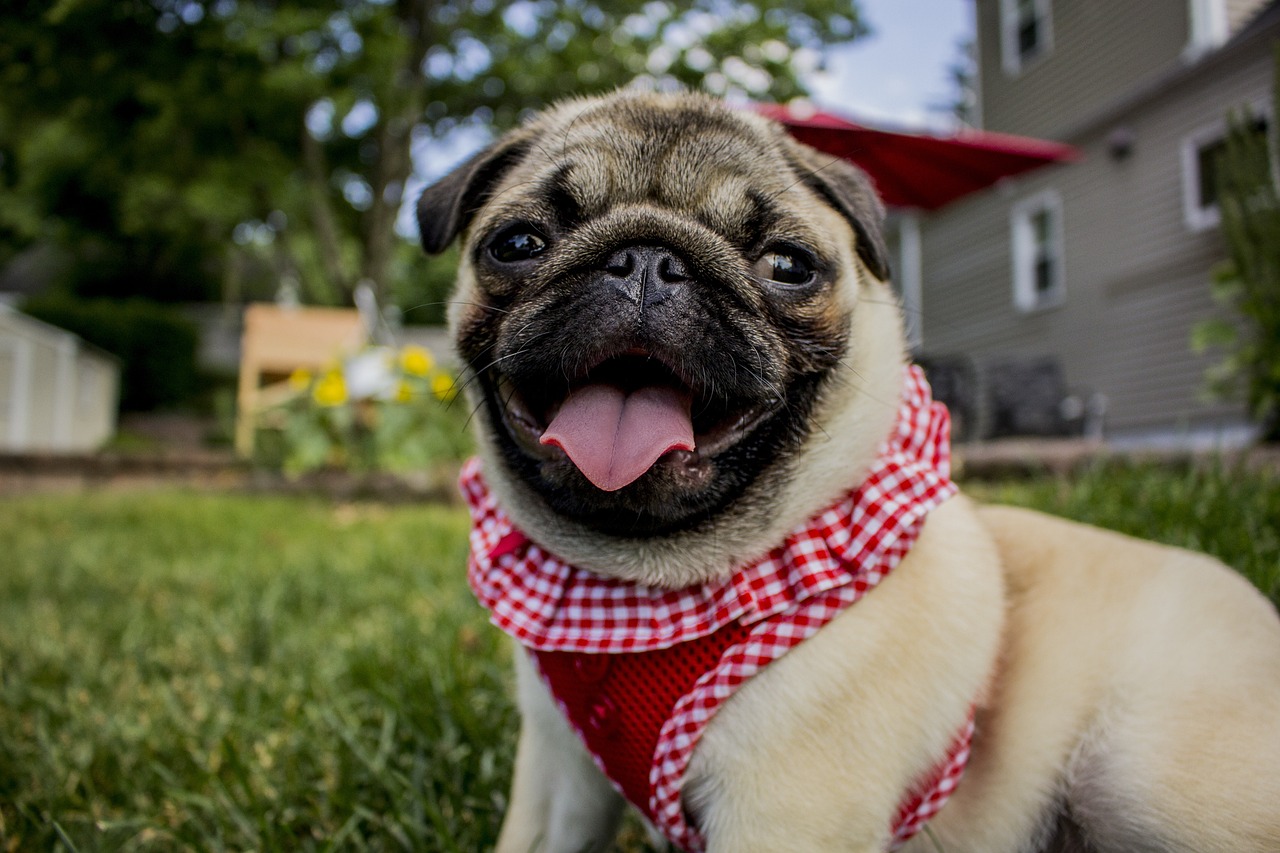
4. Bulldog
Bulldogs have a unique approach to eating; their flat face and short nose make it difficult for them to pick up food, leading to messy eating habits. They often push their food out of the bowl while trying to eat, which can be both amusing and frustrating for owners. Special bowls designed to accommodate their unique facial structure, or even hand-feeding in some cases, can help Bulldogs eat more effectively and enjoyably.
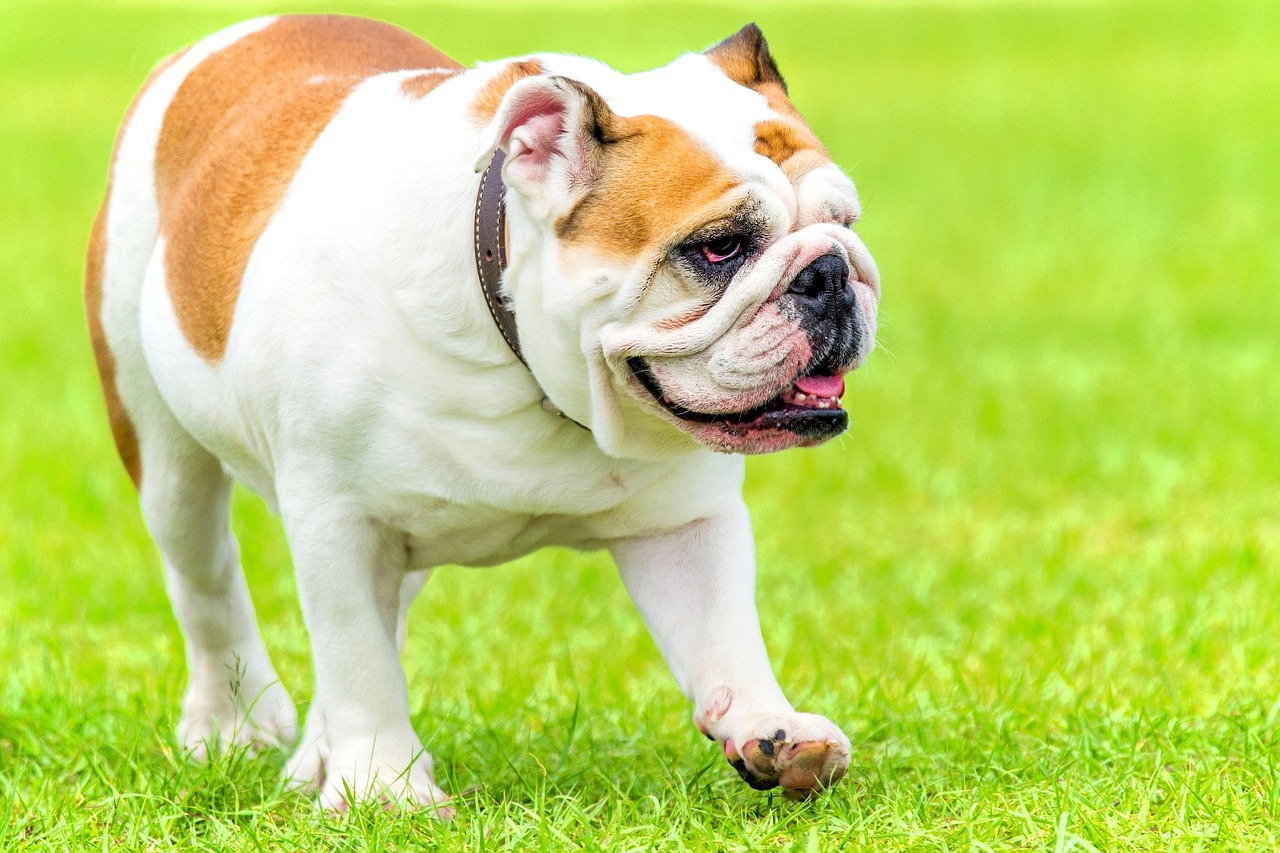
5. Beagle
Beagles are known for their incredible sense of smell, which influences their eating habits significantly. They are driven by scent rather than hunger, leading them to eat whatever smells appealing, which isn’t always what’s best for them. This can include garbage or food found during walks. Beagle owners need to be vigilant about keeping non-dog food out of reach and ensuring that their pet is fed a balanced diet that satisfies their olfactory needs.

6. Greyhound
Greyhounds are known for their finicky eating habits. They often go through periods where they show little interest in food, which can be concerning for owners. This pickiness can sometimes be attributed to their sensitive nature or their upbringing in racing kennels where feeding practices were different from home settings. Offering a variety of healthy foods, maintaining a regular feeding schedule, and creating a calm eating environment can help encourage a Greyhound to eat regularly.
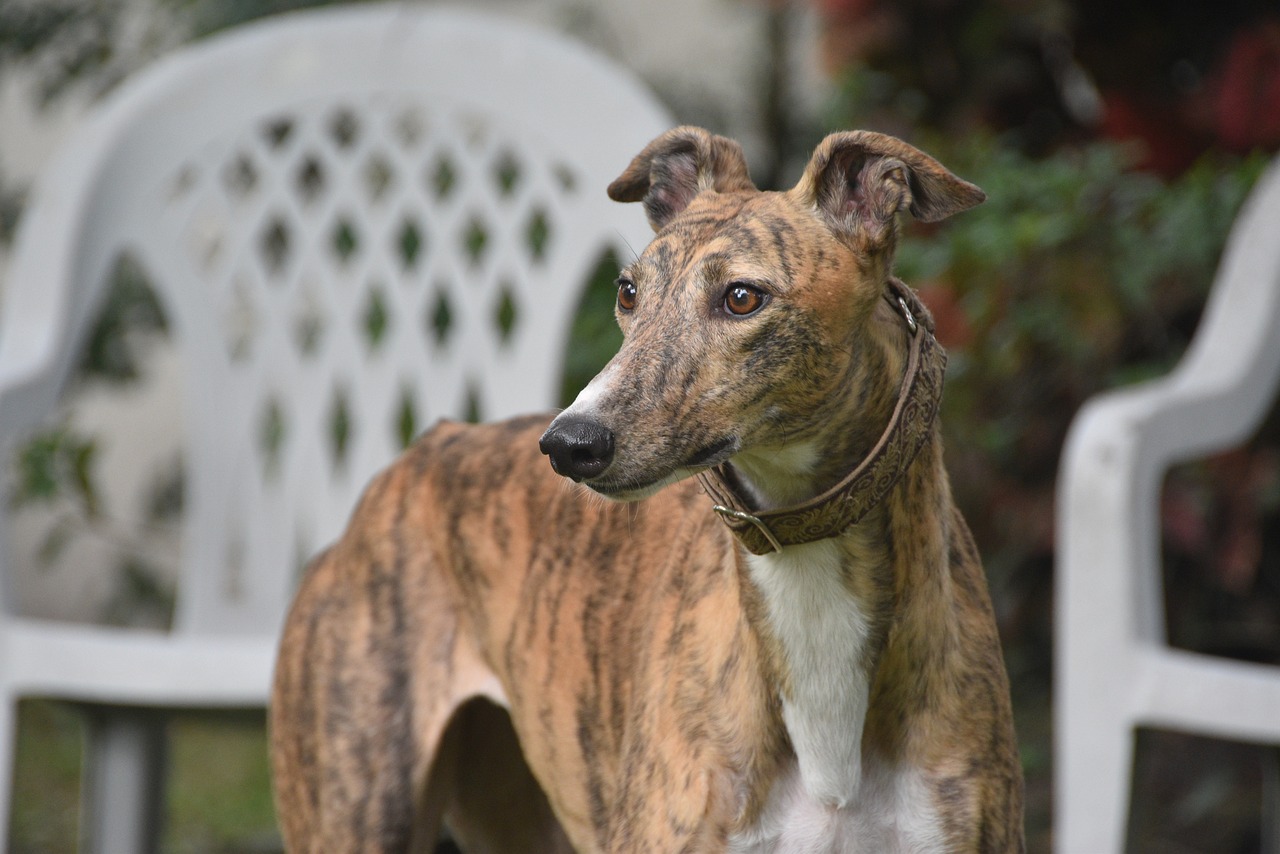
7. Shih Tzu
Shih Tzus may display a habit of eating in fits and starts, not always finishing their food in one go. This can be peculiar for owners who are used to dogs that quickly gobble down their meals. This habit might stem from their ancestral conditions in royal courts where food was plentiful and there was no competition. Shih Tzus might benefit from smaller, more frequent feeding sessions to accommodate their leisurely eating style.

8. Akita
Akitas can exhibit a notably reserved eating behavior, often taking time to inspect and smell their food meticulously before starting to eat. This can be linked to their dignified and cautious nature. Unlike many breeds, Akitas tend to eat slowly, reflecting their methodical approach to other aspects of their lives. Ensuring that they have a quiet and peaceful place to eat without interruptions can help maintain this dignified eating ritual.
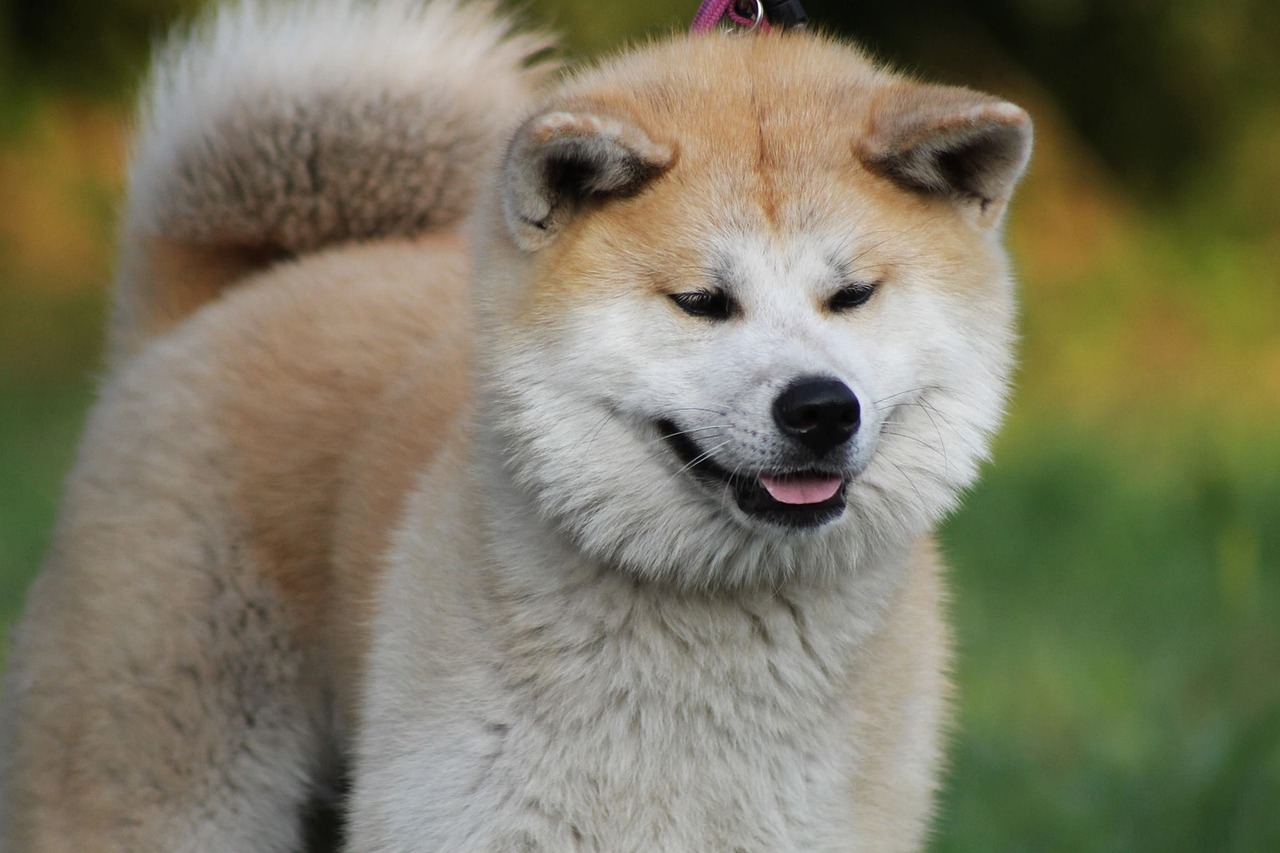
The eating habits of these eight dog breeds reflect a fascinating mix of evolutionary history, breed-specific traits, and individual personality. For pet owners, understanding these habits is key to managing their diets effectively and providing care that acknowledges their unique needs. By accommodating these peculiar eating behaviors, owners can ensure their pets remain happy, healthy, and well-nourished throughout their lives.
 Toledo, United States.
Toledo, United States.